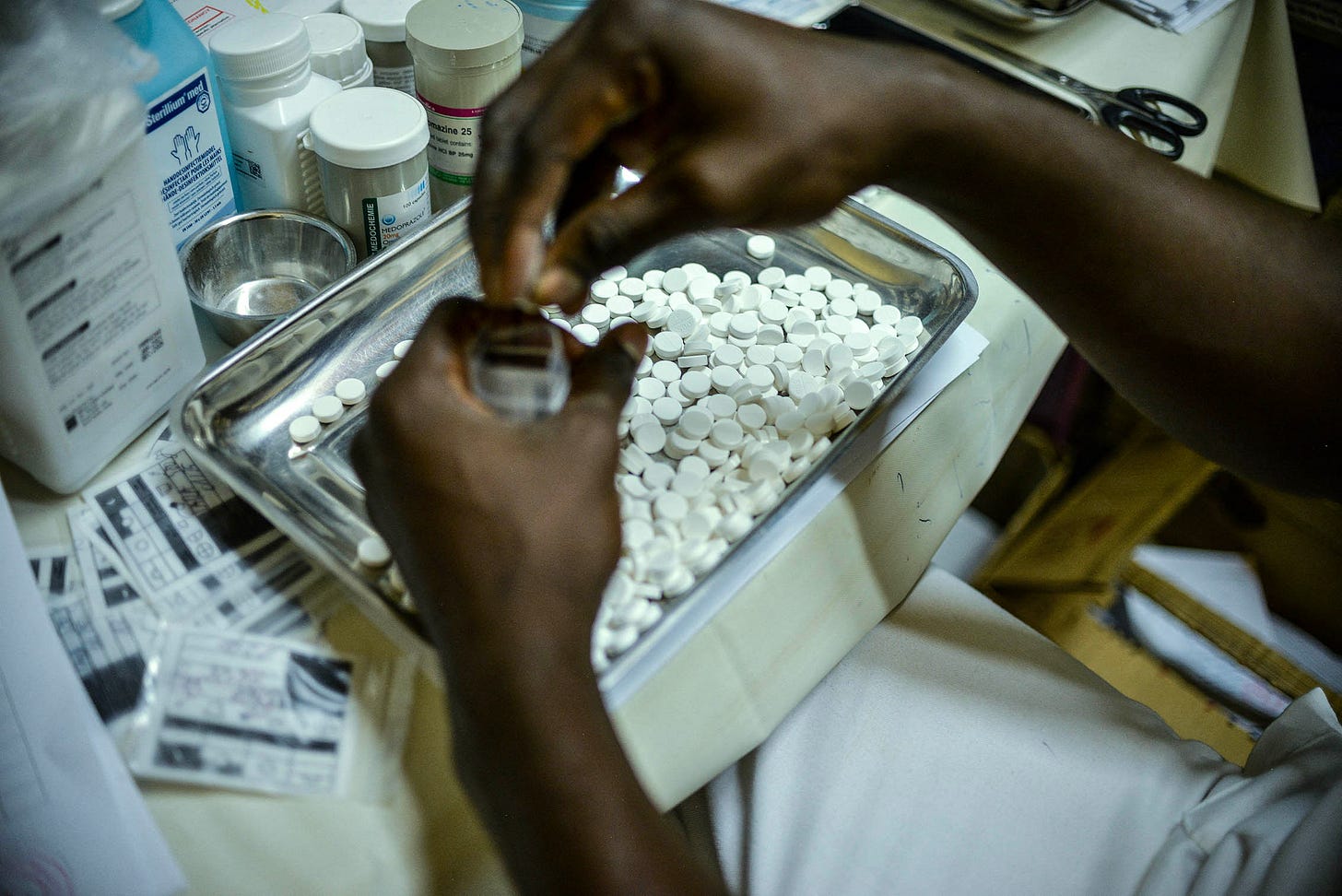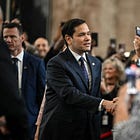The cost of Trump’s executive disorder is measured in lives
The closure of clinics is just one example of the disruption and confusion surrounding the near-total freeze on US aid and development funding ordered by US President Donald Trump

Uganda’s health authorities have closed all the clinics that focused on patients with HIV and tuberculosis. Staffed by health workers who over time developed deep expertise in sensitively managing infectious yet stigmatised diseases, the clinics were key to Uganda cutting HIV infection rates from over 30% in the late 1980s to about 5.3% now.
The closure of these clinics is just one example of the disruption and confusion surrounding the near-total freeze on US aid and development funding ordered by the United States President Donald Trump last month. Médecins Sans Frontières (MSF) says there have been similar disruptions to successful HIV programmes in Mozambique, Zimbabwe and the Democratic Republic of the Congo. The closures persists despite – or perhaps because of – weekly missives from Washington DC offering piecemeal waivers or ambiguous guidance.
American aid to the global HIV response is channelled through the President’s Emergency Plan for Aids Relief (Pepfar). It is the world’s biggest HIV response fund and it supports – or supported – up to 20-million people.
Uncertain about its fate, many HIV care providers funded by it have decided to close their doors.
Last week, the US State Department issued further guidance, saying life-saving care for HIV-positive mothers “should be resumed as soon as possible”. But it excluded providing some services to sex workers, drug users and LGBTQ+ people.
On Thursday, a court in Washington DC ordered a temporary suspension of Trump’s freeze on aid. It is far from clear whether the executive branch of the United States will accept the ruling of its own judiciary – leaving Pepfar-funded organisations, and the millions of people that they serve, extremely vulnerable.




